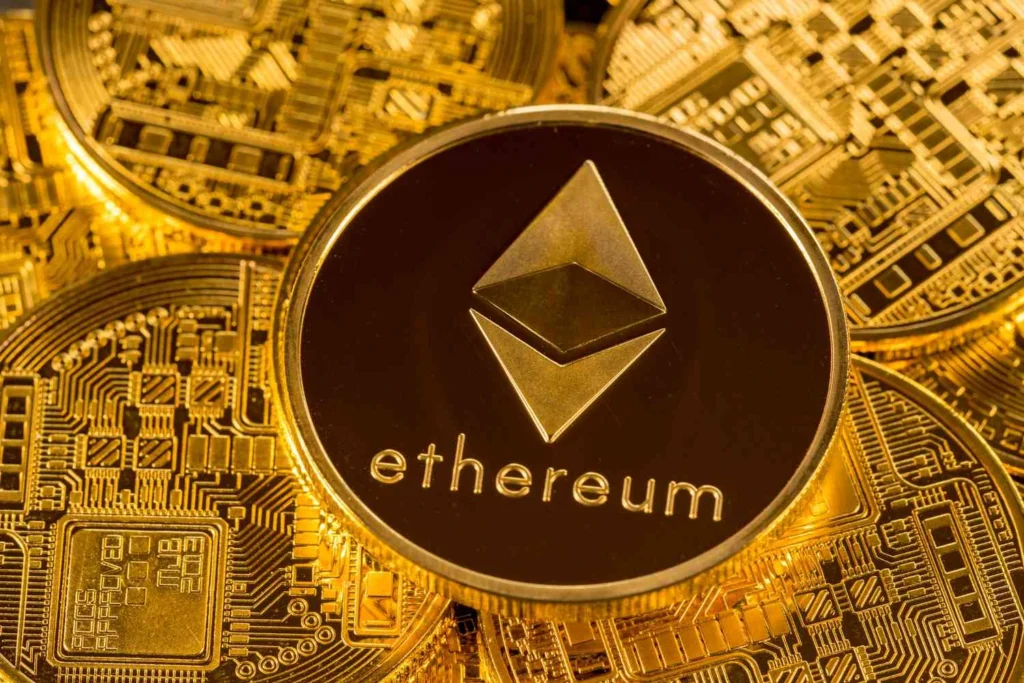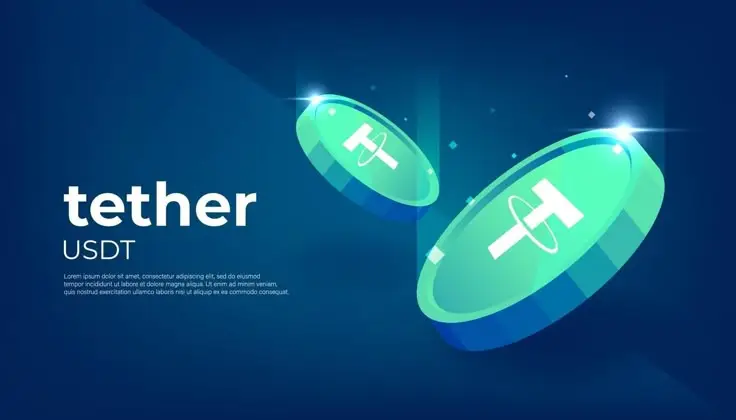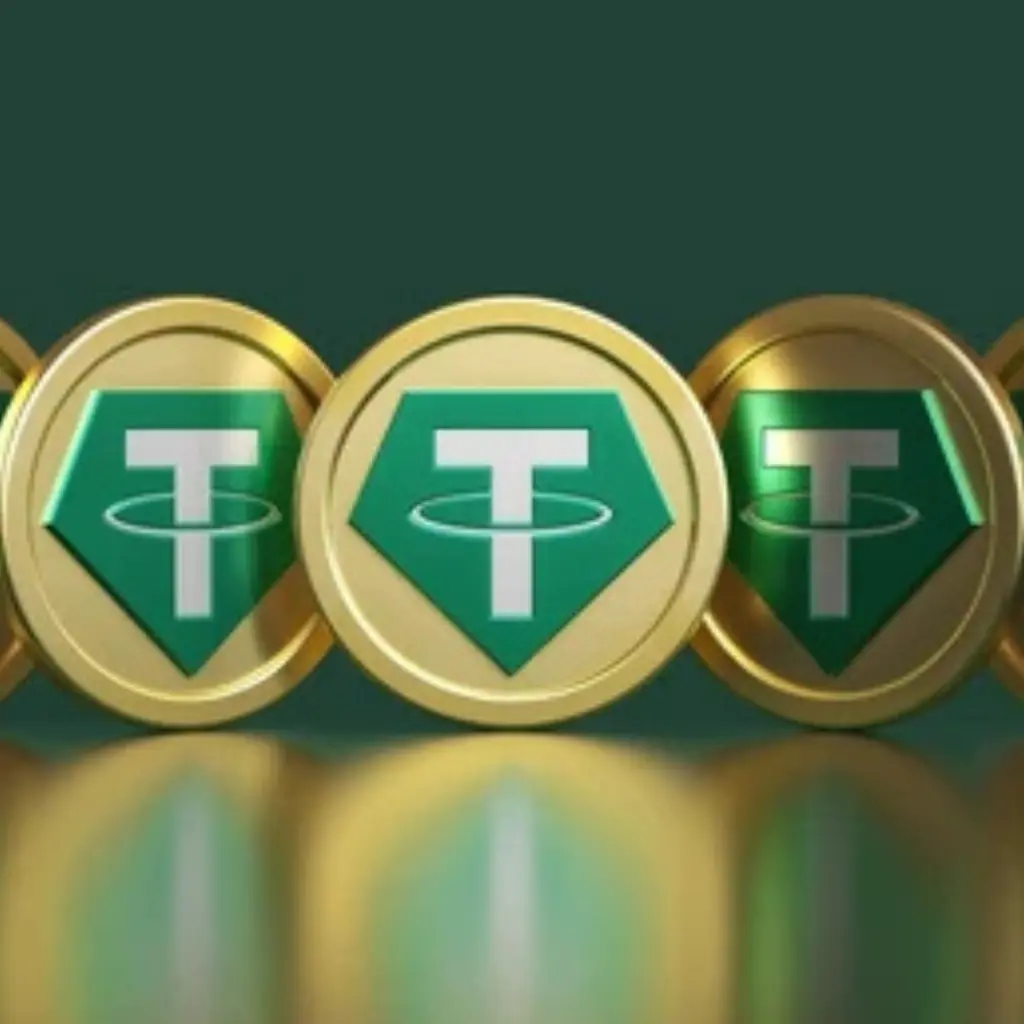With crypto adoption spreading globally, more people are turning to stablecoins for everyday payments, remittances, savings, and salaries. But among the top players—USDT, USDC, and DAI—which one actually works best for real world usage?
We compared them across 6 key criteria:
1. USDT real world usage : Global Acceptance

- USDT:
✅ Widely accepted on exchanges, DeFi apps, P2P markets, and crypto payment platforms
✅ Common choice for cross-border transactions and developing markets
🔺 Sometimes banned or restricted in specific jurisdictions - USDC:
✅ Strong presence in the U.S. and compliant regions
🔻 Less popular in peer-to-peer markets in Asia, Africa, and Latin America
🔺 Often used for institutional transfers rather than daily spending - DAI:
🔻 Niche adoption outside DeFi
🔻 Fewer integrations with real-world apps or merchant platforms
✅ Growing traction among crypto-native users
Winner: USDT
2. Fiat Stability

- USDT:
✅ Pegged to USD with minimal volatility
🔺 Occasionally trades at $0.99 or $1.01 during volume spikes - USDC:
✅ Very stable, with strong 1:1 fiat reserves
✅ Transparent audits and regulatory ties - DAI:
🔺 Algorithmically stabilized using collateral (ETH, USDC, etc.)
🔻 Sometimes trades off-peg during market volatility
Winner: USDC
3. Transaction Fees
- USDT:
✅ On Tron/TRC-20: near-zero fees
🔺 On Ethereum: gas fees can be high
✅ Supported by most low-cost P2P platforms - USDC:
🔻 High gas fees on Ethereum
✅ Cheaper on newer chains (Base, Solana, etc.) - DAI:
✅ Similar to USDC
🔻 Not as widely available on cheaper chains
Winner: USDT (on Tron)
4. Speed of Transfers
- USDT:
✅ Instant on TRC-20, BEP-20, Polygon
🔻 Ethereum delays during congestion - USDC:
✅ Fast on Solana, Base, Avalanche
🔻 Slower on Ethereum - DAI:
✅ Reasonably quick on Layer 2s
🔻 Not designed for high-frequency payments
Winner: Tie (USDT and USDC depending on chain)
5. USDT real world usage : Real-World Utility

- USDT:
✅ Used in salary payments, P2P trading, and crypto debit cards
✅ High availability in emerging markets
✅ Can be sold for cash in minutes via OTC/P2P
🔻 Centralized issuer (Tether Ltd) sparks trust issues for some - USDC:
✅ Great for businesses or regulated environments
🔻 Not as versatile for daily transactions in less regulated regions - DAI:
🔻 Mostly used within DeFi platforms
🔻 Rarely accepted by merchants or for P2P payments
Winner: USDT
6. Transparency & Regulation
- USDT:
🔻 Mixed transparency history
✅ Improved reporting in 2024–2025
🔺 Still not fully regulated - USDC:
✅ Regulated in the U.S.
✅ Full transparency with audited reserves
✅ Seen as the most “compliant” stablecoin - DAI:
✅ Decentralized governance
🔻 Not directly backed by USD
🔺 Partially relies on USDC as collateral
Winner: USDC
Final Verdict: Which Should You Use Daily?
| Category | Winner |
|---|---|
| Global Reach | USDT |
| Fiat Stability | USDC |
| Fees | USDT (Tron) |
| Speed | Tie |
| Utility | USDT |
| Transparency | USDC |
Overall Best for Real-World Usage: 🏆 USDT

If you’re living in a developing country, paying remote workers, or just want a reliable way to hold digital dollars, USDT leads the pack. Its global reach, low fees, and practical utility make it a go-to stablecoin for everyday crypto users.
That said, if regulation and transparency are your top concerns, USDC might be your safer bet—especially for institutional or high-volume users.
Looking to go fully decentralized? Then DAI is your wild card—but only if you’re deep in DeFi.
Relevant News : Here






